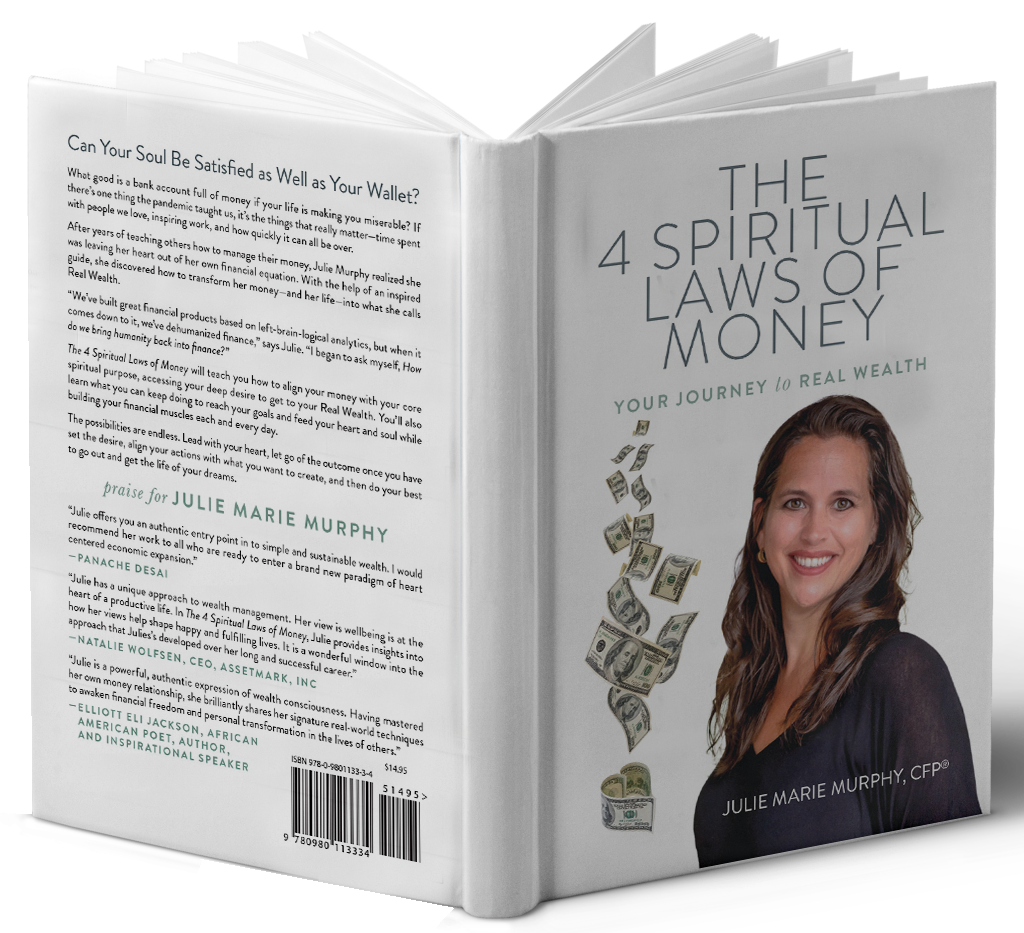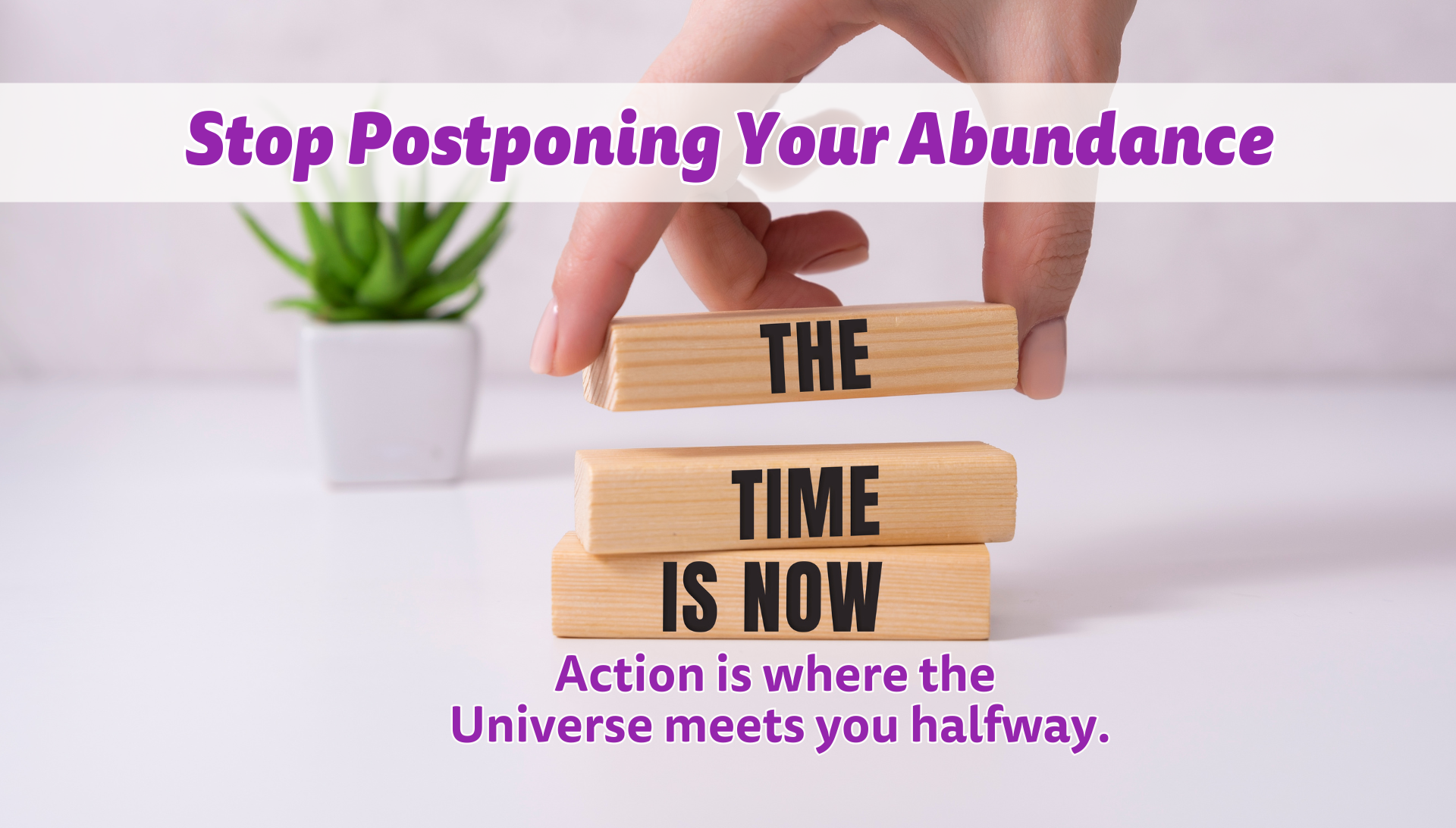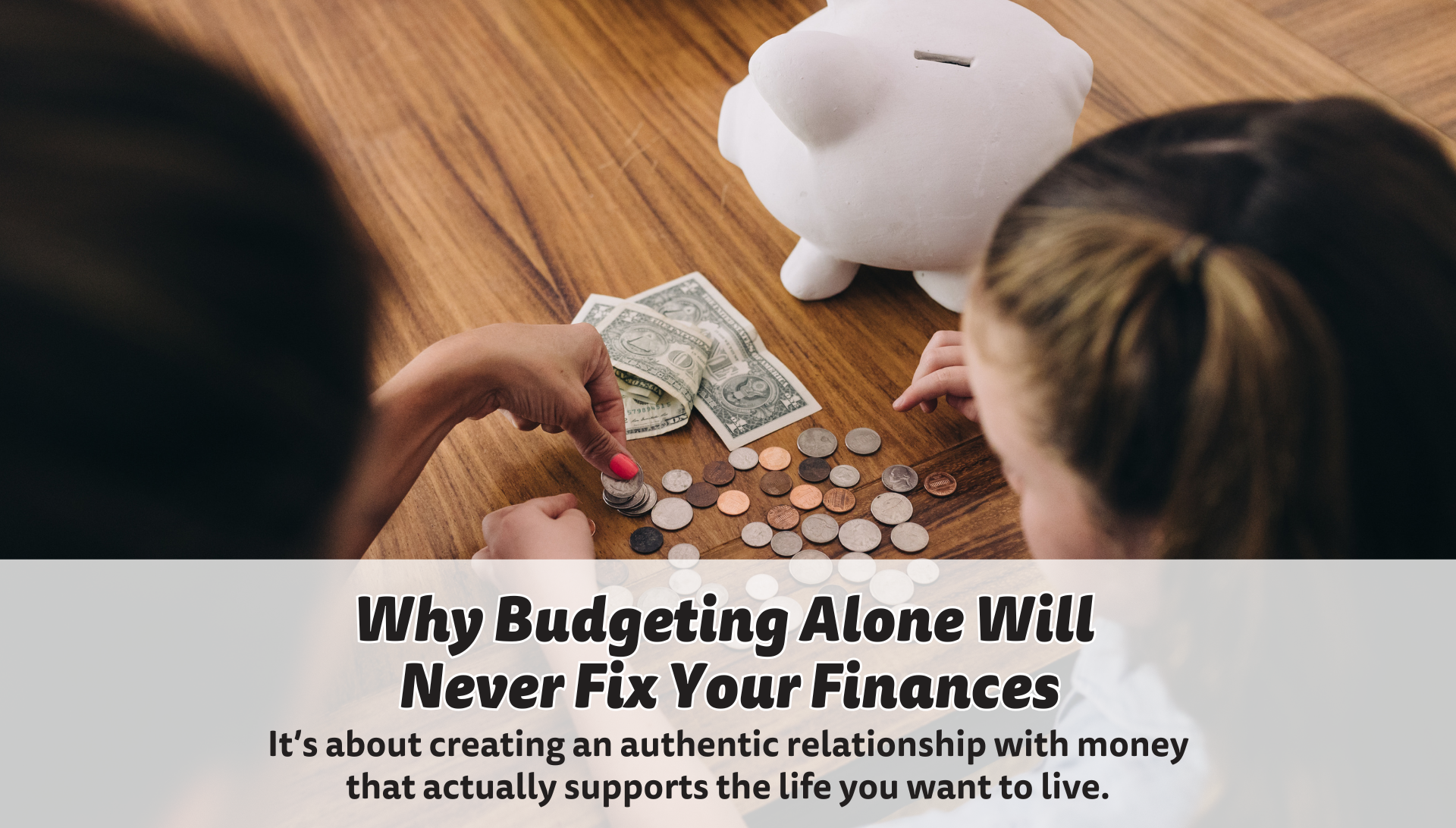Fear of Risk or Addiction to Risk
In trying to educate people about their retirement plans, many financial firms have come up with targeted portfolios based almost exclusively on age. For example, if you’re 40 years old, then you should have a certain percentage of your investments in stocks and a certain percentage in bonds. The industry has created this to assist people who are overwhelmed with their investment choices. The aim is to make it easy for the end investor to have a well-managed, diversified retirement plan.
Here’s the challenge: We don’t all fit into the same category as everyone else our age. Last time I checked, we were all different. I know plenty of people my age that I’m not like at all. My point is that you have to recognize where you are emotionally from a risk perspective. I have a client who, despite the fact that she’s in her seventies, will forever have an aggressive growth investment style. That’s how she likes it. As long as you have the risk tolerance for it, and you know your portfolio will fluctuate, then it’s fine. Those who are not in touch with the level of risk they can tolerate are the ones who run into trouble. I’ve also found, more often than not, that people’s risk tolerance changes over time.
As I’ve helped others amass wealth, I’ve noticed a fascinating pattern. People emotionally identify with dollars, not percentages. I’ve known clients who were perfectly fine with losing $2,000 off a $10,000 balance. On the other hand, those same people were extremely uncomfortable when they dropped $200,000 off their one-million-dollar portfolio, even though both corrections came to 20%. The total dollar amount lost was their emotional trigger. Intellectually, they clearly could see that the percentage of funds lost was exactly the same, but that was little comfort for their emotional loss. Investors have to recognize that their mindsets will change over time. The lesson here is to stay aligned with your tolerance level over the years. Keep an eye on your portfolio from an emotional standpoint or you may find that you’ve sold yourself — and your future — short.
The post Fear of Risk or Addiction to Risk appeared first on Julie Murphy.
Share Blog On Social
Recent Blogs
Similar Blogs







